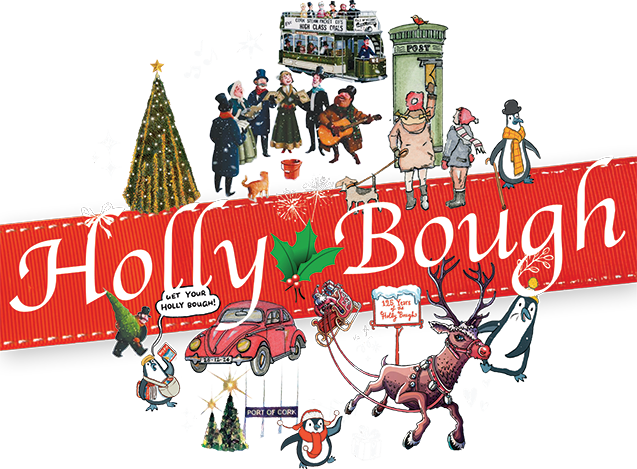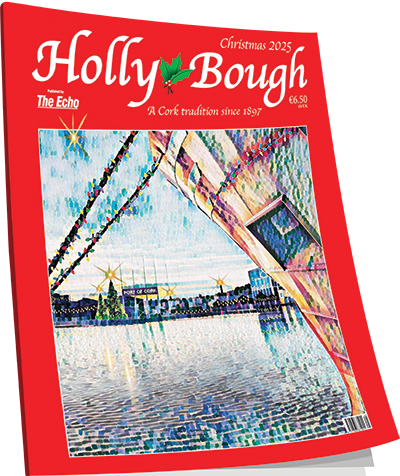Celebrating the rich hurling history of Cork’s very own ‘little All-Ireland’
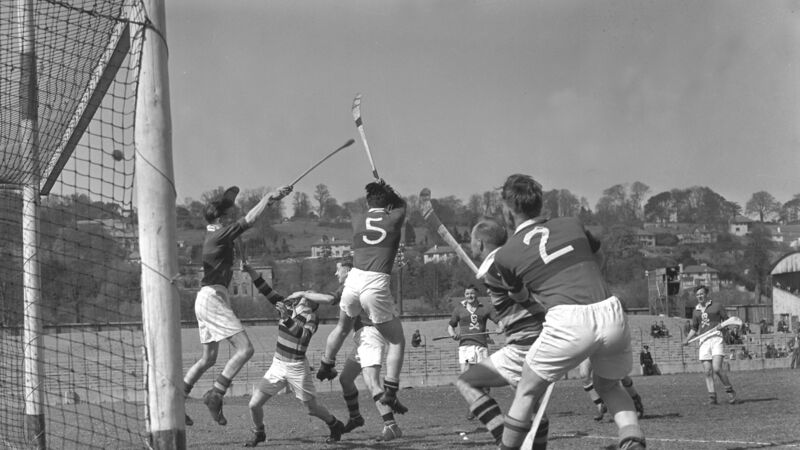
Glen Rovers and UCC in Cork Senior Hurling Championship action at the Athletic Grounds in 1955.
THE Cork Senior Hurling Championship which starts this weekend has been widely accepted as the greatest club championship in the country.
It has been known to many generations as “Cork’s little All-Ireland”.
This championship has been renowned for its club rivalry based on tribalism, very large attendances at county finals, and a very competitive standard of quality hurling. Amidst a cauldron of wealth, no quarter is asked for or given.
Since the foundation of the Cork County Board in 1887, the Cork Hurling Championship has taken pride of place in Cork GAA affairs.
Tower Street were the first winners in 1888 defeating Ballygarvan in the final.
The old Cork Athletics Grounds — now Páirc Uí Chaoimh — since 1976 has been the location for nearly all county hurling finals.
Turner’s Cross soccer pitch, now owned by The Munster Football Association, was the venue for the finals in 1901, 1902, and 1903.
The pitch was known back then as Johnny Butler’s Field and the Gaelic Football Club Nil’s, now defunct, had a lease on the pitch and made it available to the county board.
A couple of years later the board had an enclose surrounding the athletic ground and restricted all county finals from there.
In 1974 and 1975, the University College Cork grounds at the Mardyke hosted the finals, while Páirc Uí Chaoimh was under construction.
In 1976, the first county hurling final took place at Pairc Uí Chaoimh where the Glen defeated Blackrock.
A year later, the greatest county hurling final attendance of all time — 35,000 spectators — witnessed The Barrs defeat Glen Rovers.
Prior to this, the record attendance was 31,019 at The Athletic Grounds in 1955 when in a replay on a very wet day, The Barrs scored a famous victory over The Glen.

The was the year The Cork Opera House was burned down, and ironically, The Barrs did not win another county final until 1965. On the day the new Opera House was officially opened by President de Valera, The Barrs defeated UCC and were back as county champions and kingpins of Cork hurling.
To date, the Cork County Hurling Championship has been contested each year for around 14 decades. Each generation provided magnificent matches featuring outstanding players where the do-or-die endeavors of the teams representing both parish and club, was the hallmark of the iconic Senior Hurling Club Championship.
Pride in the jersey was the driving force year after year. Arguably the greatest of all decades was the 1960s. Despite Cork only winning one All-Ireland senior hurling title in those 10 years, many contested this was the most-competitive era in Cork’s club hurling history.
Each year the draw for the first round of the championship took place at the annual County Board Convention in January. Up until the recent years, this was a knock-out competition where in championship hurling in Cork, if your club was defeated, the meaningful season was over for another year.
The draw was not seeded and there was always a possibility that Cork’s top clubs could be drawn against each other in the first round which normally took place at the end of April or the beginning of May.
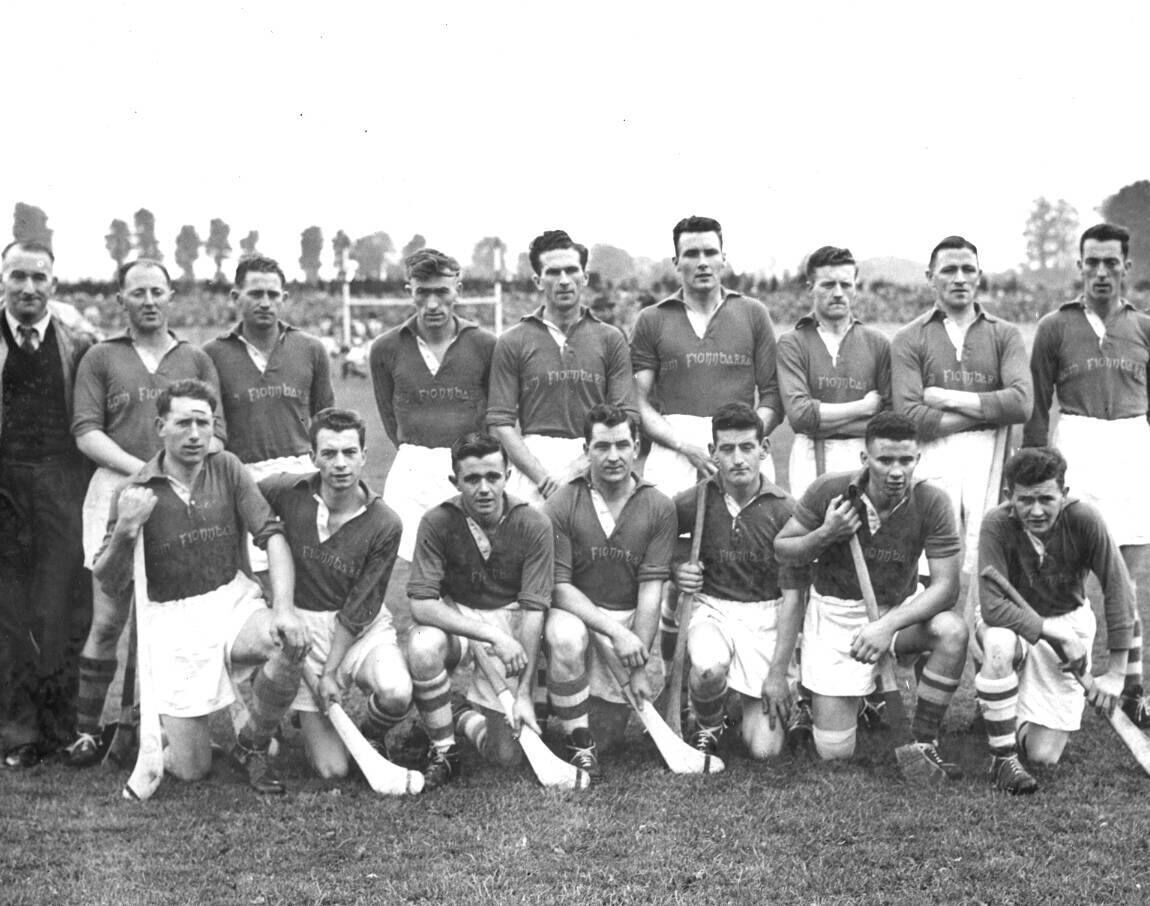
In preparation, clubs began to train seriously from the end of January. Clubs sought challenge matches outside of Cork and played the best clubs in Tipperary, Limerick, Waterford, and Kilkenny. Many of their games were fiery affairs as all players were attempting to establish themselves in the first fifteen. Cork clubs played Thurles, Sarsfields, Toomevara, Patrickswell, Adare, Na Piarsaigh of Limerick, Ballygunner, Mount Sion, Portlaw, James Stevens, The Fenians, Bennetts Bridge, and Thomastown and so on.
The levels of each club’s fitness developed as the season evolved, city clubs were always wary of playing matches out in the county and the underdog always had a better chance of springing a surprise in the first round and invariably, this happened at least once each year.
Cork Senior Hurling Championship matches were played at various stages throughout the summer. However, the inter-county championship always took priority.

In the '60s, only a handful of clubs made up the county panel and predominantly, these included The Rockies, The Barr’s, The Glen, and a token representation from a few more clubs. If players were not involved with the inter-county setup and the draw facilitated it, club senior championship fixtures would continue.
The county hurling final would be played each year in September or October. If Cork were knocked out early in the year, the final would take place on the cold crisp soil of a September Sunday, but in the 60s, Cork only reached two All-Ireland finals when they defeated Kilkenny in 1966, and lost to the same opposition in 1969.
However, regardless of the inter-county scene, huge crowds flocked to the athletic grounds every year for the final. Many patrons from surrounding counties came to witness the rivalry and intensity of the Cork county final each year irrespective of the finalist. Well in excess of 20,000 spectators would pack out the Leeside venue. If The Glen were in the final, the crowd would swell even further as Christy Ring, now in his 40s, would draw hurling fans from far and wide.
MUST READ
During the 60s the week of the county hurling final would enjoy a great atmosphere in the city, particularly if the Glen, Barr’s, and the Rockies had qualified for the final. UCC also had star-studded teams during this era. The lead-up to the Sunday final was built up by the Cork Examiner and the Evening Echo, each day. However, Friday night's Echo, was the big one, and that paper was a broadsheet in those days.
Large black-and-white photos of the club’s top players would dominate three or four pages, complemented by player profiles, match analysis, and forecasts. If any of the big three were in the final Blackpool, The Fishing Village, Barrack’s St, and surrounding areas would be blitzed with the clubs' colours.
This also included the primary and secondary schools in the locality in addition to the local churches that would fly the flag of their local club in the parochial grounds. This tradition continues to this day. The milkman, the coal man, and the bread man were all drawn into the rivalry and would have to declare their allegiance. Tribalism was very evident on the Centre Park Road or the Marina as it was better known. Henry Fords and Dunlop’s with nearly 2,000 employees were split down the middle and the banter, slagging, and betting on their clubs took on a life of its own.
In those days on the morning of the final, many of the respective players would go to 10 o’clock mass. Following this, they would go to the club pitch for a house puck around for about an hour. Most clubs back then finished their training on the Wednesday night.
Meanwhile from noon onwards, the city centre began to buzz. The senior final would commence at 3.30pm and back then was always proceeded by the intermediate final.
The only question being asked around Cork that day was, “Are you going down the park?” This was an affectionate reference to the Cork Athletic Grounds. Patrons travelling by Bus from Parnell Place or strolled down under the bridges and on to the Marina. The atmosphere was electric. Every couple of hundred yards you would find a woman with pop-up stalls selling fruit, chocolate and lemonade. Various buskers performed along the route to the pitch.
However, the most famous of all were the Dunne brothers who had their pitch outside the showgrounds. As you made your way to the Blackrock end and admission later when you turned the final corner, you would hear the crowd cheering on the intermediate finalists and the senior final was nearing. The adrenaline was now flowing and the heart was racing.
PRIMITIVE
Inside the grounds, you sought out a vantage point in a very primitive venue. There was a scoreboard at the city end of the grounds and this was manned by Jimmy O’Rourke, a volunteer, a great Gael man who gave over 50 years of service operating the scoreboard.
On the river side of the pitch, there was a small terraced area in front of a small stand that was akin to a cowshed. Under this stand was a dark dungeon where sometimes there was electricity — other times bulbs were blown, most times — the best that could be said was it kept the players' clothes dry. The other sanitary conditions around this venue were extremely primitive. Three sheets of corrugated iron designed as an open box were the toilets around the Athletic Grounds. Céilí music would be played before the games and at half time. On the day of the county hurling final and especially in the 1960s, the venue was always full and the atmosphere was fantastic.
In 1960, the Glen completed three-in-a-row defeating UCC 3-8 to 1-12. Over 22,000 spectators witnessed an outstanding game where the Glen were nine points down midway through the second half, however, they rallied to win by two points and were captained by Joe Twomey.
In 1961, after a very competitive championship, the Rockies were back. It was their first win since 1956, before an official crowd of 21,000.
Blackrock defeated Avondhu 4-10 to 3-7. The Rockies powered by many great hurlers were too strong for the divisional side. That Rockies team included Jimmy Brohan, Tony Connolly, Mick Cashman, Mick Waters, Ger O’Leary, and John O’Halloran.
In 1962, the Glen and UCC qualified for the final. The game before 23,000 spectators ended in a draw. The replay attracted over 26,000 Gaels and after a titanic struggle, two games came down to the last puck of the game. The college were leading by 0-2 and the Glen got a last-minute free. The great Christy Ring pounded the ball into the college net and the Glen were champions by a single point 3-8 to 2-10.
In 1963, The new Seán Óg Murphy cup was introduced and UCC were the first winners. In the final they beat Blackrock 4-17 to 5-6. John Hayes, Terry Kelly and John Bennett played great games and there was no stopping UCC who had stars’ in Kiely, Kelleher, Gallagher, Blake and John O’Halloran; a Rockie who had to play with UCC due to a club bye-law.
In 1964, the Glen led by Christy Ring defeated old rivals, St Finbarr’s by 3-12 to 2-7. Over 25,000 saw this game and the turning point in the game was a goal from Christy Ring. This was the first year of the Munster club championship and the Glen went on to become the first winners.
In 1965, The Barrs again qualified for the final. 19,00 spectators witnessed them hammer UCC 6-8 to 2-5. This was the team who were the foundation of the 1966 Cork All-Ireland success. The Barrs had magnificent performances from Doolan, Mullane, Murphy, Maher, the two McCarthy’s and Mick Archer.
In 1966, before the smallest attendance of the decade 14,000, Avondhu beat UCC in a cracker by 2-11 to 4-4 to win the first title for the divisional team.
In 1967, it was the old rivals the Glen and the Barr’s. The was the first final after the retirement of Christy Ring. The game was televised by RTÉ and shown the following Wednesday night. In one of the worst days ever, the Glen through the persistent heavy rain eventually got the better of the Barr’s, winning by 3-9 to 1-9. The game was watched by 23,000 fans and the Glen captained by Sean Kennefick won their 21st county senior hurling title.

In 1968, the Barrs were on the rostrum again defeating Imokilly. After a great game, with only two points in it, the Barrs defeated Imokilly 5-9 to 1-19.
The last game of the decade before nearly a 20,000 crowd, saw a veteran-laden Glen Rovers beat UCC by 4-16 to 1-13. This victory meant a lot to the Glen and brought the curtain down on a great 10 years of county championship finals at the old Cork Athletic Grounds.
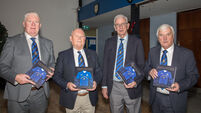
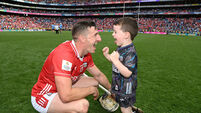
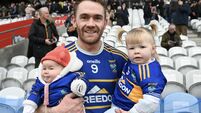
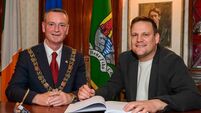
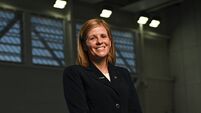
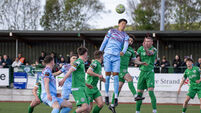


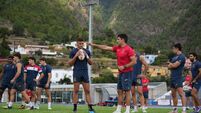
 App?
App?






